
Regardless of the place you visit, the flight and the accommodation will make the biggest of your travel budget. And even if you don’t care about fancy facilities, a nice room with at least basic facilities is a good choice for any place we visit.
And of course, that applies to Lima, as well. Barranco, San Isidro and Miraflores Districts are wealthier areas of the city where the hotel rooms are more expensive than in other parts. San Borja is a good alternative to the expensive areas. The Old Town (City Center) is a cheaper option for visitors.
Here are some hotels to consider for your vacation in Lima:
Miraflores District
Grand Hotel Betsy
This 2-star hotel is located 14 km from the airport in a scenic area. All rooms have free wi-fi , AC and fridge. The continental breakfast is included in the room price. In March 2012, expect to pay from US$60 per night for a standard double room.
Hotel Sipan
This 3-star hotel offers free parking and free internet. The rooms have bathroom en suite, TV, and phone. The bus station is 50 m away and two parks are also close by. In March 2012, expect to pay from US$50 per night for a double or twin room.
Hotel Huaychulo
This 3-star hotel is located just 5 min walk from the craft fair and Huaca Pucllana Park. All rooms have free wi-fi , TV, en suite bathroom and mini bar. Continental breakfast is included in the room price. In March 2012, expect to pay from US$58 per night for a standard double room.
San Isidro District
Casa Bella Boutique Hotel
This 3-star hotel is located just 2 km from the beach. All rooms have private bathrooms, TV, and DVD players. The continental breakfast is included in the room price. In March 2012, expect to pay from US$65 per night for the superior queen room (sleeps two).
New Corpac Hotel
This 3-star hotel is located 15 km from the airport and 20 min by car from the city center. It offers rooms with AC, TV and DVD player. The American breakfast is included in the room price. The hotel also offers a lobby bar and a spa. In March 2012, expect to pay from US$75 per night for a standard double or twin room.
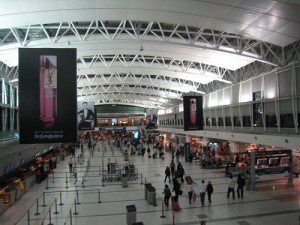
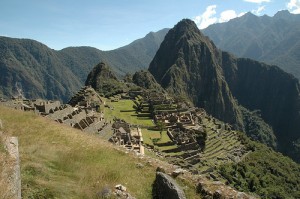 The gateway into the Machu Picchu site is the city of
The gateway into the Machu Picchu site is the city of 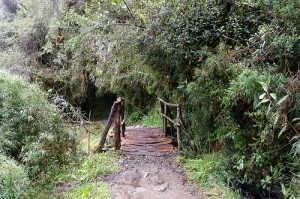
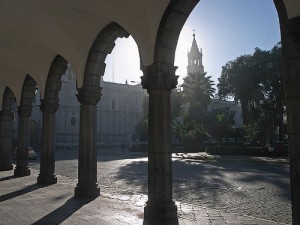

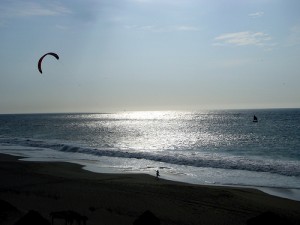 December is a perfect time to visit Peru if you don’t like crowds and prefer the more relaxed approach to planning your vacation. If you don’t mind the wet weather you can have the Inca Trail (and Machu Picchu) pretty much for yourself (or in other words it’s not crowded anymore) and you can also enjoy some hiking in the mountains. Everyone is now at the beach but don’t worry as they are not that crowded (yet).
December is a perfect time to visit Peru if you don’t like crowds and prefer the more relaxed approach to planning your vacation. If you don’t mind the wet weather you can have the Inca Trail (and Machu Picchu) pretty much for yourself (or in other words it’s not crowded anymore) and you can also enjoy some hiking in the mountains. Everyone is now at the beach but don’t worry as they are not that crowded (yet). 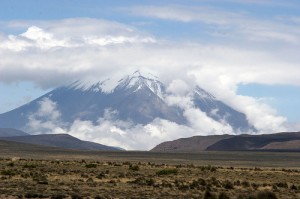 July falls during the high travel season in Peru. It’s also high travel season in Europe and North America, which means that many Peruvian cities are filled with travelers from all over the world and the airfare tends to be quite high. But it’s also the best time to explore the jungle or climb a mountain. Of course, everyone wants to visit Machu Picchu now, so expect the site to be crowded, as well.
July falls during the high travel season in Peru. It’s also high travel season in Europe and North America, which means that many Peruvian cities are filled with travelers from all over the world and the airfare tends to be quite high. But it’s also the best time to explore the jungle or climb a mountain. Of course, everyone wants to visit Machu Picchu now, so expect the site to be crowded, as well. 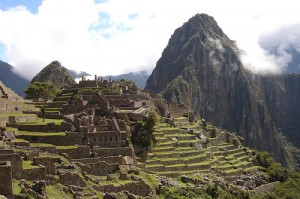 June falls during the high season in Peru. In Europe and North America the high season falls during the same time , which means many Peruvian cities are filled with travelers from all over the world. And it’s the best time to explore the jungle or climb a mountain.
June falls during the high season in Peru. In Europe and North America the high season falls during the same time , which means many Peruvian cities are filled with travelers from all over the world. And it’s the best time to explore the jungle or climb a mountain. 